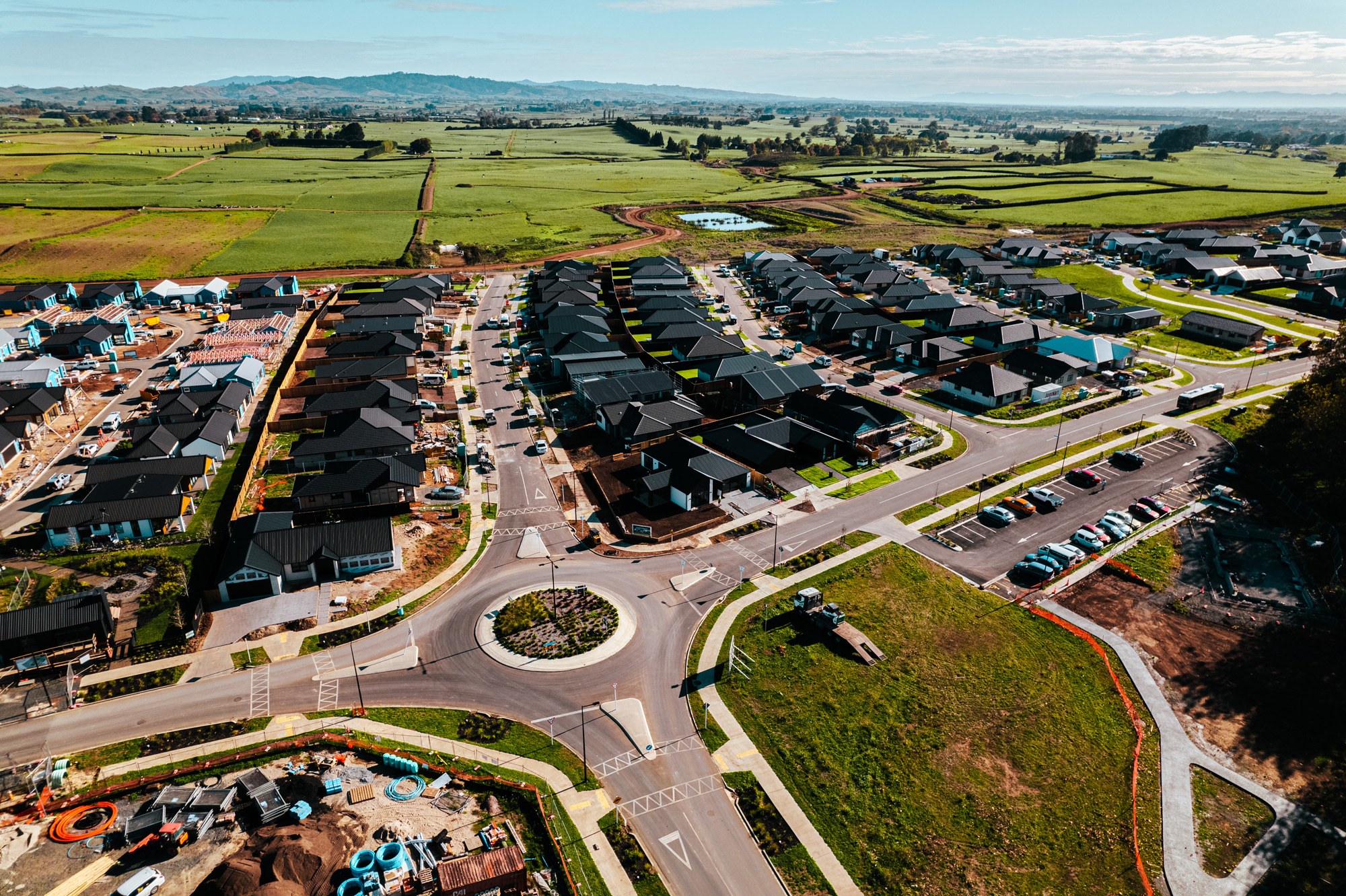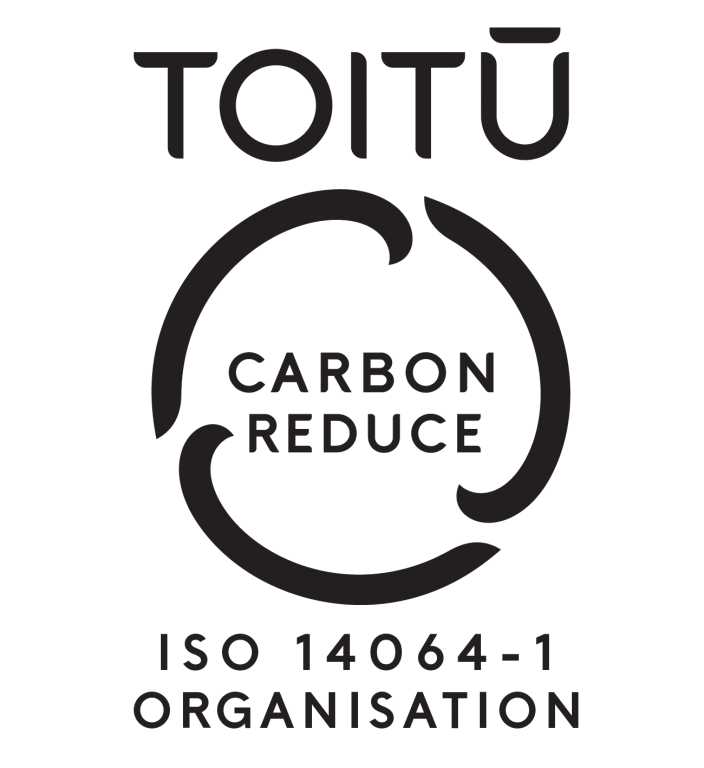5 Sep 2022
Sounds basic, but having clear objectives helps you choose an action plan for your business that works.
For example, if your objective is to reduce your transport CO2 emissions at the point of use, you could choose to convert your vehicle fleet to run on electricity. However, if you want to improve your overall environmental profile throughout the lifecycle of the products you use, you might consider that the damage caused by extracting materials to make batteries means you are better off running your current fleet for another ten years and focussing on reducing mileage instead.
There are lots of other examples where having clear objectives and targets can help a business become more sustainable through the way it uses transport. So, take the time to be clear about what you are trying to achieve. If you need help, ask us – we have the experience to help you define sustainable transport objectives that work for your business.
Once you have clear objectives, have a look around to find out what initiatives and incentives are out there to help you achieve them. Going back to the electric vehicle example, it might pay to submit a bid to the Low Emission Transport Fund (LETF) to help with the cost of converting your vehicles.
If you are a land developer, consider taking your proposal to an urban design panel. Guidance from them can include design changes that encourage walking, cycling and public transport to get to your site. Have a look at council plans for transport network upgrades (e.g. new busways, cycle tracks etc.) to see how they might also encourage people to start cycling or taking a bus to work.
Again, there are lots of other examples (lift-sharing schemes, discount loans for e-bikes) and resources (e.g. council investment plans) that CKL can help you use once we understand what you want to achieve.
For businesses who employ large numbers of office-based staff, your objectives might include making better use of active and shared transport modes (walking, cycling and public transport, for example). In these situations, it is essential to understand how and why people already travel the way they do.
Other businesses may want to change the way they use transport to supply and engage with their customers. For these businesses, it is essential to understand the customer’s perspective on the transport choices being made to provide them with services or products.
Businesses delivering physical goods, for example, should take the time to understand what their customers value most about deliveries and what they might be willing to change. Explore the reasons behind their preferences – such as how important it is for deliveries to be timely, and why. Answers to questions like these can help you work out whether change is possible, how to influence it, and who will be most responsive.
A great example of how to understand people’s attitudes towards cycling comes from Geller (2009). Geller outlined four different types of cyclist that have been used the world over to guide cycle planning and design work by practitioners. Here’s an example of how you could categorise your staff or customers according to each type:
A. Strong and fearless – people who are comfortable mixing with everyday traffic risks on busy roads and complex intersections on a regular, perhaps daily basis. They might do all their travelling by bicycle, using other modes only as a last resort
B. Enthused and confident – these may be slower, less frequent cyclists, happy to share quiet roads in good weather, and on a regular basis. They might avoid higher risk situations, and probably travel by other modes as well
C. Interested but concerned – perhaps a health-conscious parent who wants to set a good example to their kids, but thinks the local traffic is unsafe and wants to use separate lanes or tracks keep away from traffic. They go cycling occasionally when it’s safe, quiet and convenient, but usually travel by other means
D. No way no how – think car lovers, the car is a part of the family and they love the experience of using it. They don’t mind being stuck in traffic, they just turn up the radio, relax and wait. They see no reason to take up cycling
Do any of these categories fit the people you work with? How would you use this to influence change?
If you need help, ask us – we have the tools and experience to help you understand people’s travel behaviours, including:
To achieve your objectives, you need an action plan. This is where you put together all the options, assess to build confidence that they will work, prioritise delivery, and secure support and funding (if necessary) to make them happen. In my experience, there are four key ingredients to a successful action plan:
A. Prioritise ‘quick wins’ – These are simple changes, often cost-free, that get ‘runs on the board.’ They can generate the forward momentum and positive feedback that makes it easier to implement more challenging changes later. Changing corporate travel policies (e.g. paying staff higher mileage allowances for making business trips on bikes, or allowing working from home) is a good example. These can be very effective quick wins and make a significant contribution to your objectives.
B. Target your actions - When local authorities plan to upgrade cycle networks, the target market is usually the ‘interested but concerned.’ Don’t spend too much time encouraging those who have already bought into what you are doing.
C. Deploy and celebrate ‘champions for change’ - Some people may already be making the changes you are looking for in your plan. Celebrate them and engage them to champion your initiatives to others – sometimes change only takes a friendly chat and some support from a trusted colleague who knows how to do it – thus transforming the ‘interested but concerned’ into ‘enthused and confident.’
D. Focus on the positive - One way of getting people to change behaviour is to make it harder to do things that they are comfortable with (paying for car parking that was once free, for example). However, most research shows that people are less receptive to disincentives than incentives. In some cases, people may even resent them and become unhappy at work. So, think very carefully about disincentives in your action plan and only have them if you must. If they cannot be avoided, at least do them later, introduce them gradually or ‘sweeten the pill’ with something positive. The last thing you want is to create is a ‘no way no how’ culture.
Again, CKL has the tools, expertise and experience to put together action plans that are successful encouraging change and beneficial to achieving your business and personal goals. So, get in touch with us for assistance.
Mark Haseley is a Principal Transport Planner with CKL, based in Tauranga. He has worked on a wide variety of low carbon transport initiatives and plans and now leads CKL’s land use and transport planning advisory service. If you’d like to discuss how you can use transport to become an environmentally sustainable business, call him on his mobile (027 880 5440), office (07 261 2081), or send him an email at [email protected]
In 2022, many businesses don’t just want to return a profit, they want to be environmentally sustainable, with changes to how we travel being one strand of an overall sustainability strategy. Based on my experience in the transport sector, there are four key steps to work through to influence and shape future travel behaviours:
1. Be clear why you are doing this – set objectives and targets
Sounds basic, but having clear objectives helps you choose an action plan for your business that works.
For example, if your objective is to reduce your transport CO2 emissions at the point of use, you could choose to convert your vehicle fleet to run on electricity. However, if you want to improve your overall environmental profile throughout the lifecycle of the products you use, you might consider that the damage caused by extracting materials to make batteries means you are better off running your current fleet for another ten years and focussing on reducing mileage instead.
There are lots of other examples where having clear objectives and targets can help a business become more sustainable through the way it uses transport. So, take the time to be clear about what you are trying to achieve. If you need help, ask us – we have the experience to help you define sustainable transport objectives that work for your business.
2. Know your options – what’s out there to help you?
Once you have clear objectives, have a look around to find out what initiatives and incentives are out there to help you achieve them. Going back to the electric vehicle example, it might pay to submit a bid to the Low Emission Transport Fund (LETF) to help with the cost of converting your vehicles.
If you are a land developer, consider taking your proposal to an urban design panel. Guidance from them can include design changes that encourage walking, cycling and public transport to get to your site. Have a look at council plans for transport network upgrades (e.g. new busways, cycle tracks etc.) to see how they might also encourage people to start cycling or taking a bus to work.
Again, there are lots of other examples (lift-sharing schemes, discount loans for e-bikes) and resources (e.g. council investment plans) that CKL can help you use once we understand what you want to achieve.
3. Know your people - use what motivates them to create win-wins
For businesses who employ large numbers of office-based staff, your objectives might include making better use of active and shared transport modes (walking, cycling and public transport, for example). In these situations, it is essential to understand how and why people already travel the way they do.
Other businesses may want to change the way they use transport to supply and engage with their customers. For these businesses, it is essential to understand the customer’s perspective on the transport choices being made to provide them with services or products.
Businesses delivering physical goods, for example, should take the time to understand what their customers value most about deliveries and what they might be willing to change. Explore the reasons behind their preferences – such as how important it is for deliveries to be timely, and why. Answers to questions like these can help you work out whether change is possible, how to influence it, and who will be most responsive.
A great example of how to understand people’s attitudes towards cycling comes from Geller (2009). Geller outlined four different types of cyclist that have been used the world over to guide cycle planning and design work by practitioners. Here’s an example of how you could categorise your staff or customers according to each type:
A. Strong and fearless – people who are comfortable mixing with everyday traffic risks on busy roads and complex intersections on a regular, perhaps daily basis. They might do all their travelling by bicycle, using other modes only as a last resort
B. Enthused and confident – these may be slower, less frequent cyclists, happy to share quiet roads in good weather, and on a regular basis. They might avoid higher risk situations, and probably travel by other modes as well
C. Interested but concerned – perhaps a health-conscious parent who wants to set a good example to their kids, but thinks the local traffic is unsafe and wants to use separate lanes or tracks keep away from traffic. They go cycling occasionally when it’s safe, quiet and convenient, but usually travel by other means
D. No way no how – think car lovers, the car is a part of the family and they love the experience of using it. They don’t mind being stuck in traffic, they just turn up the radio, relax and wait. They see no reason to take up cycling
Do any of these categories fit the people you work with? How would you use this to influence change?
If you need help, ask us – we have the tools and experience to help you understand people’s travel behaviours, including:
- Staff travel survey questionnaires
- Targeted interviews with key customers
- Focus groups to explore the decisions people make when considering travel choices.
4. Complete and commit to an action plan
To achieve your objectives, you need an action plan. This is where you put together all the options, assess to build confidence that they will work, prioritise delivery, and secure support and funding (if necessary) to make them happen. In my experience, there are four key ingredients to a successful action plan:
A. Prioritise ‘quick wins’ – These are simple changes, often cost-free, that get ‘runs on the board.’ They can generate the forward momentum and positive feedback that makes it easier to implement more challenging changes later. Changing corporate travel policies (e.g. paying staff higher mileage allowances for making business trips on bikes, or allowing working from home) is a good example. These can be very effective quick wins and make a significant contribution to your objectives.
B. Target your actions - When local authorities plan to upgrade cycle networks, the target market is usually the ‘interested but concerned.’ Don’t spend too much time encouraging those who have already bought into what you are doing.
C. Deploy and celebrate ‘champions for change’ - Some people may already be making the changes you are looking for in your plan. Celebrate them and engage them to champion your initiatives to others – sometimes change only takes a friendly chat and some support from a trusted colleague who knows how to do it – thus transforming the ‘interested but concerned’ into ‘enthused and confident.’
D. Focus on the positive - One way of getting people to change behaviour is to make it harder to do things that they are comfortable with (paying for car parking that was once free, for example). However, most research shows that people are less receptive to disincentives than incentives. In some cases, people may even resent them and become unhappy at work. So, think very carefully about disincentives in your action plan and only have them if you must. If they cannot be avoided, at least do them later, introduce them gradually or ‘sweeten the pill’ with something positive. The last thing you want is to create is a ‘no way no how’ culture.
Again, CKL has the tools, expertise and experience to put together action plans that are successful encouraging change and beneficial to achieving your business and personal goals. So, get in touch with us for assistance.
About the author
Mark Haseley is a Principal Transport Planner with CKL, based in Tauranga. He has worked on a wide variety of low carbon transport initiatives and plans and now leads CKL’s land use and transport planning advisory service. If you’d like to discuss how you can use transport to become an environmentally sustainable business, call him on his mobile (027 880 5440), office (07 261 2081), or send him an email at [email protected]





